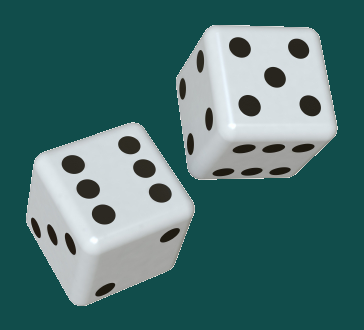Fractional Hi-Lo
Lesson Plans > Mathematics > Fractions > GamesFractional Hi-Lo

Most people are familiar with the game Hi-Lo, and there's a very interesting variation on this game that can be played with fractions. The purpose is to give students practice determining the order of fractions with different denominators.
Regular Hi-Lo
In regular Hi-Lo one person begins by saying "I'm thinking of a number between 1 and 100." The other players have to try to guess the number.
Whenever someone makes a guess, the person who thought of the number can say one of three things: "That's correct", "That's too high", or "That's too low."
Based on the responses, the players make another guess, narrowing down the possibilities until they can determine the number.
Of course, many students will quickly learn the strategy of 'splitting the difference'. First, they guess 50, then (depending on whether their answer was too high or too low) either 25 or 75, and so forth. Once students learn to split the difference, the game goes very quickly.
Fractional Hi-Lo
This game is much more challenging, as it requires the players to determine the relative order of fractions with different denominators. One player says "I'm thinking of a fraction between 0 and 1." Note: because this game can be difficult for children just learning fractions, it is recommended that the teacher be the one that selects the fraction. Or, if a student selects the fraction, the teacher should know what it is, thereby being able to 'help' if the student gets stuck, or makes a mistake.
Depending on the ability level of the students, boundaries need to be set for the denominator. To make the game easier, you can pick fractions which have denominators less than or equal to five. For more challenging games, the denominator can be greater than 5 (recommended: keep the denominator less than 10).
Now the students will guess fractions, and receive the same responses as they receive with 'Normal' Hi-Lo: "That's correct", "That's too high", or "That's too low."
If students have learned the 'split the difference' strategy, they should start with 1/2, and then move to 1/4 or 3/4.
Note that students may guess fractions which are equivalent to the selected fraction. For example, if the teacher picks 1/4, and a student guesses 2/8, that should be considered correct. An alternate rule is that students can only guess reduced fractions.
Play this game online at The Problem Site.

